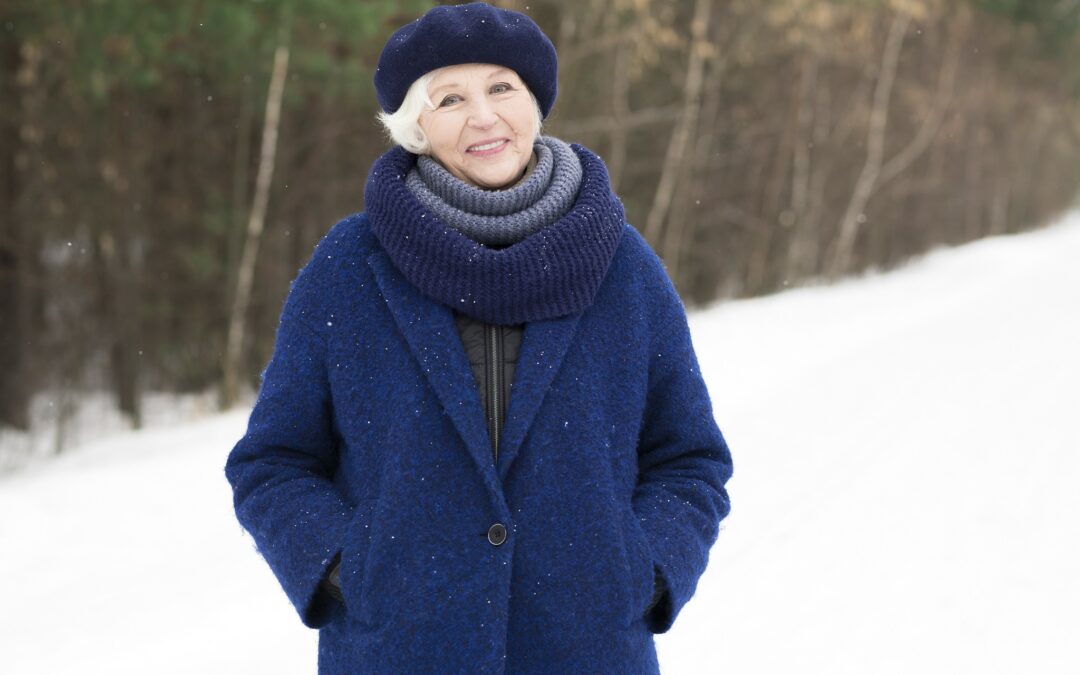Exposure to cold weather poses health risks to everyone, but did you know that risk increases even more for older adults? That’s because as you age you lose body heat more quickly than you do when you’re young, and before you know it, you can have a case of hypothermia, a condition caused by low body temperature.
For older adults, a body temperature of just a few degrees below normal can cause hypothermia, which can put you at risk for a variety of health problems, such as heart attack, kidney problems, liver damage and many more. The National Institute on Aging provides comprehensive tips on how to avoid hypothermia. You can access these tips on their website at https://www.nia.nih.gov/health/cold-weather-safety-older-adults. The following are some highlights:
- Turn up the heat: You don’t need to be outside to get hypothermia; you can also get it by being in a cold house. If you’re tempted to turn down the thermostat to save on heating bills, think again. Older adults should have their thermostat set to at least 68 degrees to avoid getting overly chilly. The article referenced above provides tips on saving on heating bills without lowering the thermostat.
- Bundle up when you go out: Try to avoid going out on cold or damp days. If you have to leave the house, be sure to wear loose layers. The air between the layers actually helps to keep you warm. And make sure you cover your head and neck with a hat and a scarf, since those are the areas of your body where you lose the most heat. Wear a waterproof coat or jacket if it’s raining or snowing and change your clothes right away if you get wet.
- Be aware of how your medical conditions can make you susceptible: Certain medical conditions can make you even more at risk for hypothermia. For example, if you have thyroid problems or diabetes, it may be harder for your body to stay warm. And if you have Parkinson’s disease or arthritis, it can be more difficult to put on more clothes or use a blanket. Your doctor can explain if your health conditions put you at a greater risk and can suggest ways to prevent hypothermia.
- Your medicines may put you at risk: Your body heat can be compromised if you take certain prescription and non-prescription medications and are not active. Ask your doctor or pharmacist if any of the medicines you take are in this category.
- Know the warning signs: It’s often difficult to recognize hypothermia. Symptoms include:
- Cold hands and feet
- Puffy or swollen face
- Pale skin
- Shivering
- Slowed or slurred speech
- Sleepiness
- Anger or confusion
- Slowed movement or clumsiness
- Slow heartbeat
- Shallow breathing
- Loss of consciousness
If you suspect that you or someone else has hypothermia, call 9-1-1 right away and move the person to a warmer place as soon as possible. Give them a warm drink, but avoid alcohol or caffeine. Do not rub their legs or arms, do not try to warm them in a bath and do not use a heating pad.
Remember to check out all of the National Institute on Aging’s information on hypothermia at https://www.nia.nih.gov/health/cold-weather-safety-older-adults. And until spring gets here in a few months, stay warm and safe!


